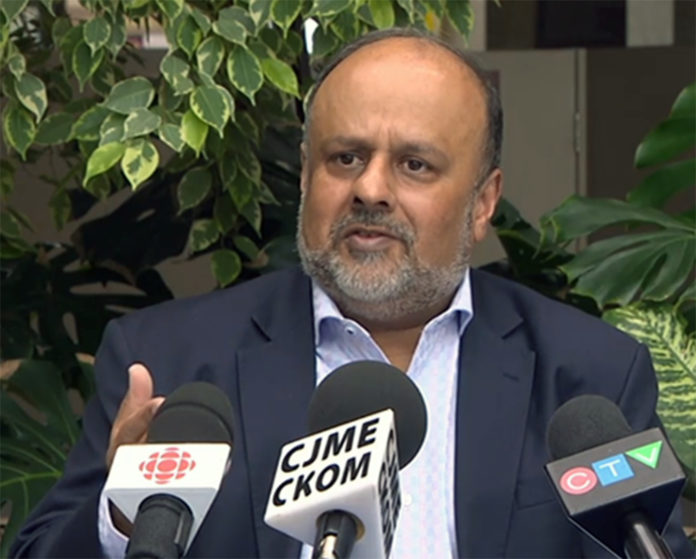
After 15 cases were reported yesterday, another eight cases of COVID-19 were reported in Saskatchewan on Friday.
Seven of the new cases are in the far north and one is in the Saskatoon region.
Of the 716 reported COVID-19 cases in Saskatchewan, 67 are considered active. A total of 636 individuals have recovered.
There are currently 13 deaths reported..
The total number of cases is 716. Of these there are 292 of the cases are from the far north, 185 are from the Saskatoon area, 112 are from the north, 80 are from the Regina area, 33 are from the south and 12 are from the central region.
There are three people in hospital with illnesses related to COVID-19. Two are receiving inpatient care in the south region and one person is in intensive care in Saskatoon.
There are currently 53 cases who are health care workers; however, the source of the infections is not related to their work environments in all instances.
Of the 716 cases in the province: 150 cases are related to travel, 422 are community contacts, which includes mass gatherings, 89 have no known exposures and 55 are under investigation by local public health.
The age breakdown shows 106 cases involve people 19 years of age and under, 247 cases are in the 20-39 age range, 222 are in the 40-59 age range, 120 are in the 60-79 age range and 21 are in the 80-plus range.
The gender breakdown shows 52 per cent of the cases being females and 48 per cent being males.
As of June 18, 58,611 COVID-19 tests have been performed in the province an increase of 567 from Sunday.
The province reminds everyone that testing for COVID-19 is available to anyone currently working outside the home or anyone returning to work as part of the Re-Open Saskatchewan plan.
Testing is also available to those being admitted to acute care for more than 24 hours, including expectant mothers and immunocompromised individuals and their health care providers.

